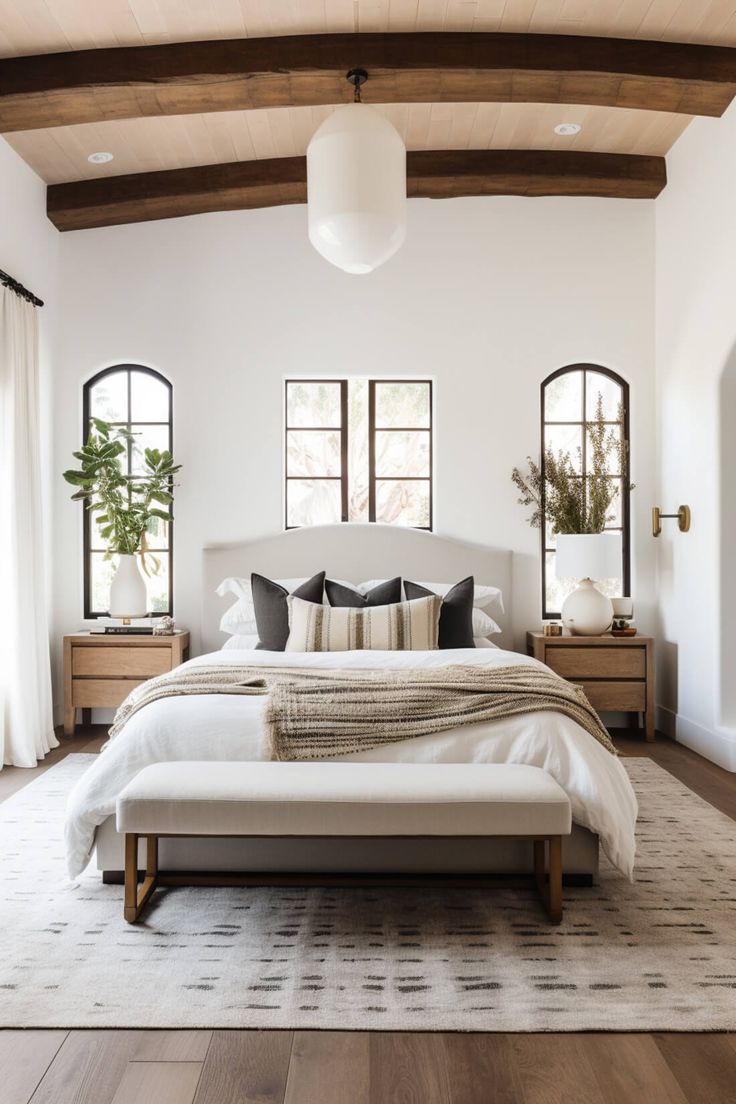Have you ever wondered why is the master bedroom called the master bedroom?
It’s a curious term that has become deeply ingrained in our language, but its origins and significance often go unnoticed.
Exploring the history behind this term not only satisfies our curiosity but also sheds light on how language evolves alongside societal changes.
In this article, we will delve into the fascinating journey of why the master bedroom bears such a distinguished title.
The Medieval Influence: A Glimpse into Social Hierarchy and Class Distinctions
In these opulent residences, there existed a room of utmost significance – a spacious sleeping chamber designated for the master of the house and their spouse.
This room served as a sanctuary, emphasizing their elevated status within society.
The title “master” carried connotations of authority, power, and ownership. Embedded within this phrase is an implicit recognition of social hierarchy prevalent during medieval times.
The term “master” not only indicated an individual’s status but also highlighted their position as the ultimate decision-maker within the household.
This historical context provides us with valuable insights into why this particular bedroom is referred to as the “master bedroom.”
It commemorates an era where societal roles were clearly defined based on social standing and power dynamics.

Cultural Variations in Terminology
When it comes to the terminology used for the master bedroom, different cultures have their own unique ways of referring to this sacred space.
In Europe, alternative terms such as “principal bedroom” or “main bedroom” are commonly used.
These descriptors emphasize the room’s significance as the primary sleeping quarters within a household.
In Asian cultures, on the other hand, one might encounter terms like “master suite” or “primary sleeping area.”
These designations often highlight the luxurious and expansive nature of these bedrooms, emphasizing their status as private sanctuaries.

Architectural Considerations
A master bedroom is typically characterized by its size and layout. It tends to be larger than other bedrooms within a home, allowing ample space for relaxation and personalization.
Moreover, the inclusion of an en-suite bathroom or a walk-in closet adds an extra touch of luxury and convenience.
These architectural features serve to elevate the master bedroom from just a place to sleep into a retreat where individuals can truly unwind and indulge in self-care.

Modern Trends and Alternatives
In recent years, there has been a growing recognition of the importance of inclusive language.
This awareness has prompted the real estate industry to shift towards neutral terms that avoid any potential gender bias or exclusivity.
Phrases such as “primary bedroom” or “owner’s suite” are now being used to replace the traditional term “master bedroom.”
These alternative designations aim to create an inclusive environment that respects diverse household compositions and challenges historical gender norms.


Conclusion
The nomenclature for the master bedroom has evolved over time to reflect cultural, architectural, and gender connotations.
This room represents both luxury and historical power dynamics, as evidenced by its various names across cultures and characteristics that set it apart from other bedrooms.
However, as the real estate industry shifts to more inclusive language, we are seeing positive changes that recognize and accommodate diverse household dynamics.






